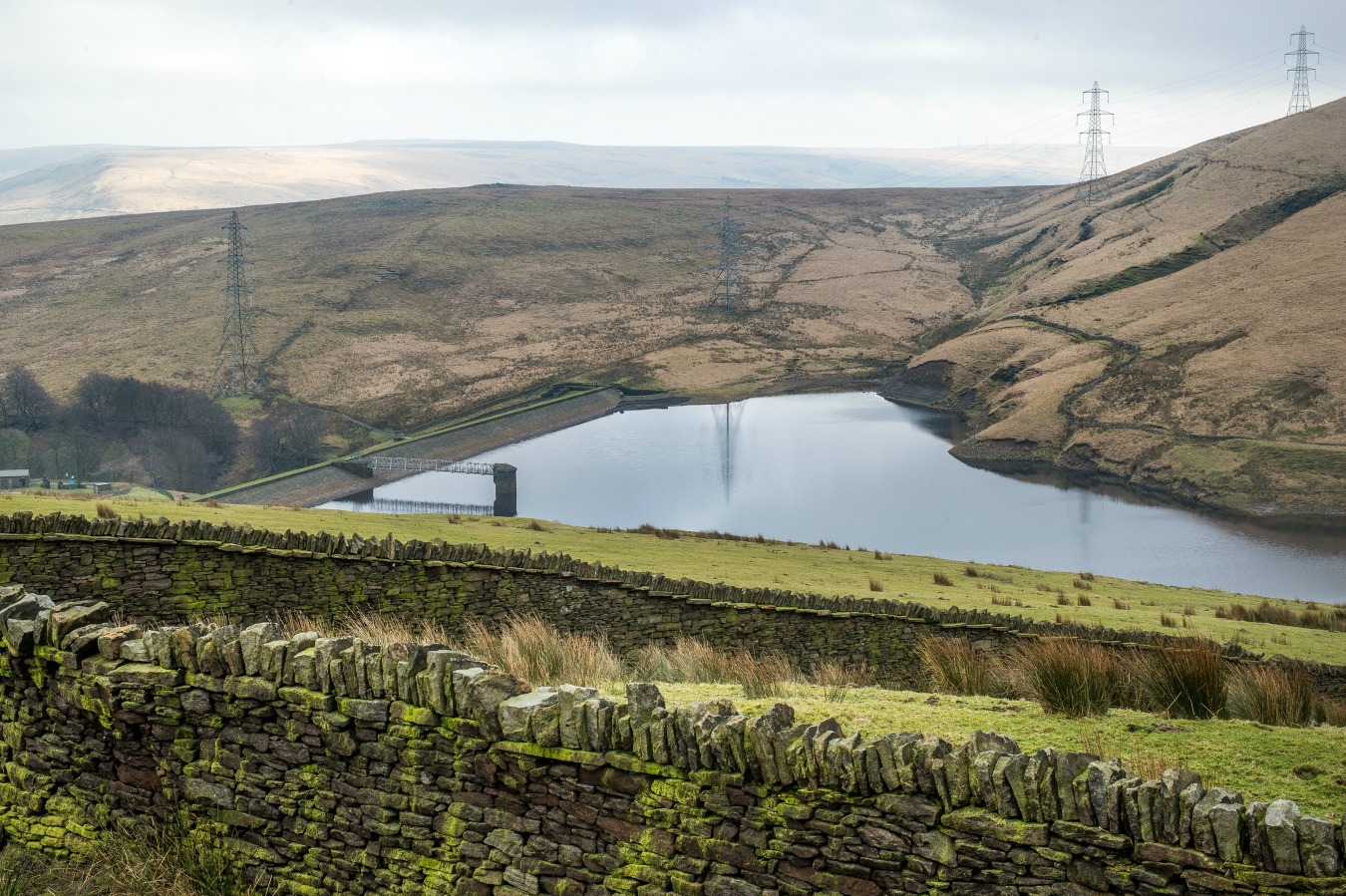Yorkshire, with its scenic landscapes and charming valleys, has a turbulent history of floods that have wreaked havoc on its communities. The notorious Christmas floods of 2015 left the Calder Valley battered, prompting a collective call to action. In response, a comprehensive flood management plan was set into motion, focusing on natural solutions and community involvement.
Preventing the Onslaught:
Recognizing the need for a united front, various organizations rallied together to devise innovative strategies aimed at preventing future flooding catastrophes. Their approach involves more than just a quick fix; it’s a long-term commitment to the health and resilience of the entire region. The game plan? Planting trees – lots of them. By forming strategic alliances, the forest department and associated groups aim to transform large swaths of Yorkshire into thriving woodlands. The vision is clear: a greener, healthier environment that benefits people, businesses, and wildlife.
Natural Flood Management Plan:
Gorpley Reservoir, nestled between Todmorden and Bacup, takes center stage in the ambitious flood management plan. The first order of business? Planting trees on the moors above Gorpley, covering 60 hectares of species-poor grassland. The logic is simple yet effective – these trees will act as a natural barrier, slowing down rainwater and preventing it from cascading uncontrollably into vulnerable areas like Todmorden below. With local community groups expected to plant up to 200,000 trees in the coming years, the initiative is a testament to the power of grassroots efforts.
But it doesn’t stop there. The plan encompasses a range of natural flood management measures over the next five to ten years. Restoration of 43 hectares of blanket bog, utilizing sphagnum moss to absorb rainwater and act as a flood barrier, stands out as a key strategy. This approach not only mitigates the risk of flooding but also contributes to the overall ecological health of the region.
Additional measures include the introduction of leaky dams on smaller watercourses. These dams, made by strategically placing barriers, control water flow downstream by allowing a controlled release, preventing soil erosion. To fortify riverbanks and reduce the risk of erosion, bundles of wood known as fascines will be employed. The creation of wetland areas completes the patchwork of solutions, offering a holistic approach to flood management.
Heritage Structures and Flood Preparedness:
Sticking to natural solutions is crucial, but the importance of strengthening the existing buildings can be ignored. Especially, heritage buildings, which are like the community’s heart and soul, need some special care. The floods in 2015 showed how vulnerable they can be. To deal with floods better, there needs to be a plan to fix and make these structures stronger with the help of firms like The Yorkshire Lime Company. It’s not just about stopping floods but also keeping safe the historical essence that makes Yorkshire who it is.
Cricitcal Infrastructre Maintenance:
In addition to heritage structures, critical infrastructure such as hospitals is another vital area at risk during floods. By guaranteeing the resilience of these essential facilities, the well-being of the community can be upholded. Also, by integrating flood-resistant measures and strategic planning, the region can safeguard not only its rich history but also the lifelines that keep it thriving.
Other environmental enhancements will include:
- Leaky dams on some of the smaller watercourses. Barriers are added to create these leaky dams which prevent soil and silt escaping and allow water to escape at a slower rate and moderate the flow of water downstream.
- Fascines, bundles of wood, will be used to strengthen river banks to reduce the risk of soil erosion.
- The creation of a patchwork of wetland areas.
Generally, the Environment Agency makes use of the Gorpley reservoir for flood attenuation. The reservoir is not used for water supply, which is why it is able to let the Environment Agency use Gorpley. In order to maintain the reservoir at 73% capacity or below, the Environment Agency usually needs to alter the releases of water.
Granville Davies, Manager of Asset Strategy for Yorkshire Water said; “The flooding at Christmas 2015 had a devastating impact on communities in the Calder Valley and we fully recognise the responsibility for all agencies involved in flood management to work together to devise innovative solutions to reduce the risk of flooding.”
The flood management plan for the Calder Valley represents a beacon of hope in the face of nature’s fury. By sticking to natural solutions and fostering community involvement, Yorkshire is not only building defenses against floods but also cultivating a sustainable and resilient future. The commitment of various organizations, from the forest department to local community groups, demonstrates that the battle against floods is a collective one. As the region transforms into a green haven, fortified by trees and natural barriers, Yorkshire stands poised to weather the storms and safeguard its communities for generations to come. In the words of Granville Davies, it’s a shared responsibility to innovate and reduce the risk of flooding, ensuring that the scars of the past remain just that – echoes of resilience shaping a brighter future.
